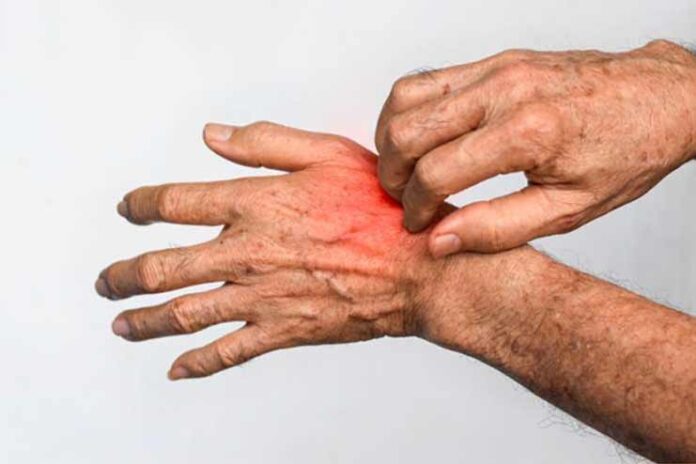Affiliate Disclaimer
Some links in this article are affiliate links. We may earn a small commission if you make a purchase through these links, at no extra cost to you. We only recommend products we find useful to our readersNobody likes scratchy and irritated skin, especially when an infection causes it. Since these infections are contagious, experts recommend treating fungal skin infections quickly to prevent further risks.
Fungal infections aren’t fun at all. Not just the pain and irritation, but even the blemishes and discoloration that they leave on the skin are too bad to encounter.
If you have been experiencing something similar, we will discuss some of the best natural ways to cure fungal infections on the skin.
What is a Fungal Skin infection?
Fungal infections on the skin are caused by fungi infestation. This causes irritation, itchiness, redness, and inflammation.
The symptoms of the infection are evident when the body’s immune system isn’t strong enough to fight them back, causing them to be evident on the skin.
Fungi are present everywhere around you, even within your body.
For the most part, there are two categories of fungi present: one that is good for the body and the other that isn’t. The harmful variant causes the pain and discomfort that many of us often struggle with.
Several of the fungi in the environment are hard to kill and can reinfest any infection they carry. This is the primary reason why you must keep an eye out for them.
Types of Fungal Skin Infection
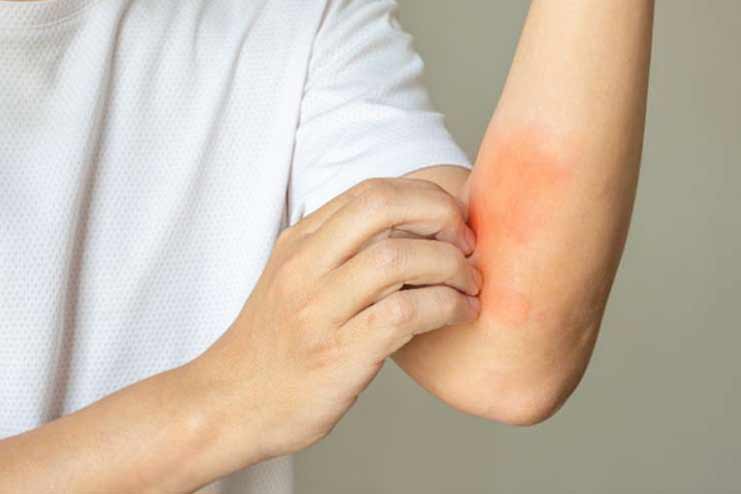
When it comes to fungal skin infections, know that they are an umbrella term that includes several other types of infections that affect the body.
Some of the common types of fungal skin infections include:
- Athlete’s foot
- Jock itch
- Ringworm
- Yeast infection
- Erythema annulare centrifugum
- Sporotrichosis
- Candidiasis
- Histoplasmosis
Symptoms of fungal skin infection
There are many options when it comes to the signs of a fungal infection of the skin.
For the most part, it is often mistaken for a skin rash in the initial stages, but later, when the condition worsens, people take close notice of the same.
Some of the general symptoms of this condition that you can look out for include:
- Redness around the affected area
- Irritation and itchiness
- Bumps and blisters
- Dead and dry skin
- Pain
- Inflammation
- Hotness around the area
Home remedies for fungal skin infection
You can treat skin fungal infections in the comfort of your own home.
We have listed the best and most effective ones available here to help you choose the best one.
1. Garlic
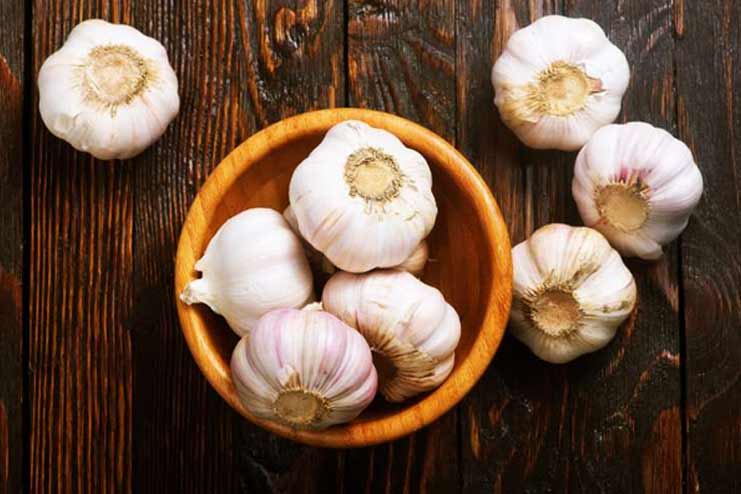
Garlic is one of the best natural remedies for skin fungal infections. If you have been struggling to control the effects of the fungal infection, garlic can be a savior.
The active compound of garlic, Allicin, is believed to have beneficial impacts, especially in helping with the condition.
Allicin is loaded with beneficial antifungal properties (R), which help perish the growth of fungi in the skin, thus curing it from within.
Researchers have found it tremendously effective in fighting fungal infections caused by Candida, Trichophyton, Torulopsis, and Cryptococcus.
What to do?
- In a blender, add 4-5 cloves of garlic
- Add 1-2 tsp of olive or coconut oil
- Make a smooth paste out of it
- Apply a thick layer of the paste on the affected area
- Cover it with a gauge
- Leave it on for 2-3 hours
- Rinse under some running water
How often?
- Twice a day
2. Soap and water
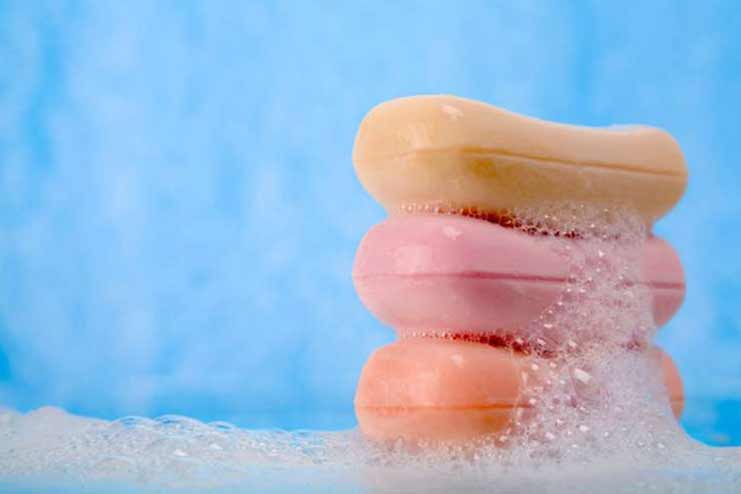
When you are affected by any kind of fungal skin infection, it is important to keep the area clean at all times. If you want to cure a fungal infection on your skin naturally, it is important to wash the area with a mild disinfectant soap throughout.
This helps prevent the infection from spreading. It also keeps the appearance of the rashes under control.
What to do?
- Wet your hands well
- Rub the soap onto your palms till you find foam appearing
- Clean the area of the skin infection well with soap
- Rinse off the excess soap remnants from the area
How often?
- 3-4 times daily
3. Greek yogurt
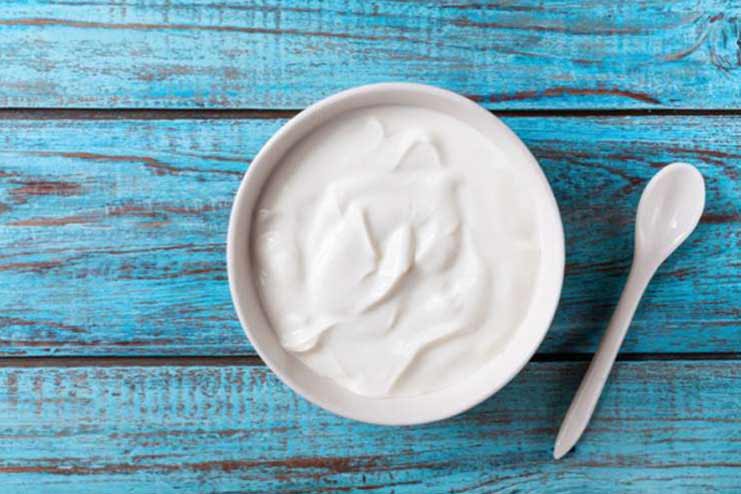
Researchers have found that the probiotics in yogurt improve overall health.
If you have been suffering from yeast infection, this is an amazing remedy. The probiotics in the yogurt have been found to actively ward off the spread of C. albicans.
The good bacteria in the yogurt create a favorable condition for the fungal infection to no longer thrive, thus helping the fast recovery.
What to do?
- Apply a thin layer of Greek yogurt on the affected area
- Before applying, make sure that you ensure that it doesn’t contain any sugar
- Apply it to the affected area and leave it on for 10-20 minutes
- Rinse it off once done
How often?
- 1-2 times daily
4. Apple cider vinegar

Apple cider vinegar is touted as an effective home remedy for a number of skin conditions, especially skin fungal infections.
The antimicrobial properties (R) help keep the fungal infection from spreading and even help ensure the inflammation is kept in check because of its beneficial anti-inflammatory (R) properties.
The mild acidic properties might cause a further burning sensation, but it is necessary to keep the fungal infestation in check.
What to do?
- In a bowl, add 1 tbsp of apple cider vinegar and 2 tbsp of water
- Using a cotton pad, apply the mixture to the affected part
- Leave it on for 10 minutes
- Rinse under running water
How often?
- 1-2 times daily
5. Aloe Vera
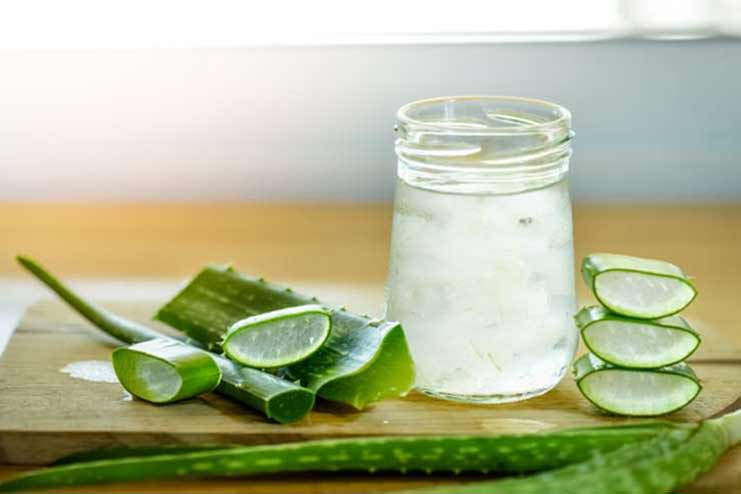
Aloe vera is yet another amazing way to treat skin fungal infections at home. If you have been struggling to keep things aligned for your skin and are suffering from skin infections, aloe vera can come in handy.
The antimicrobial (R) properties help keep the fungal infection under control. In contrast, the anti-inflammatory (R) and skin healing (R) properties help soothe the area and reduce any inflammation due to the skin fungal infection.
What to do?
- Get aloe vera gel from the market and keep it stored in the refrigerator
- Take a dollop of it on your fingers
- Apply it on the affected part of the skin and gently massage it so it seeps into the skin
- Leave it on
How often?
- 3-4 times daily
6. Coconut oil
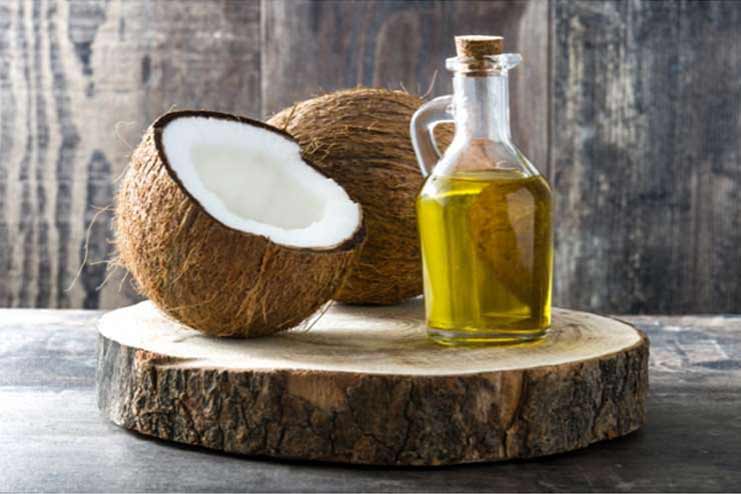
Coconut oil is loaded with medium-chain fatty acids, believed to have amazing benefits on the skin and quicken the healing process. Additionally, the studies suggest that some of these fatty acids have impacts on the cell membrane of the coconut oil, thus destroying them for good.
Apart from that, coconut oil has a combination of antimicrobial (R) and anti-inflammatory (R) properties that help prevent the proliferation of fungal infections.
It also has moisturizing and healing properties, which help keep skin conditions at bay.
What to do?
- Take some coconut oil on your palm
- Using your clean fingers, apply the oil to the affected region
- Gently massage it into the skin
- Leave it on
How often?
- 3-4 times daily
7. Tea tree oil
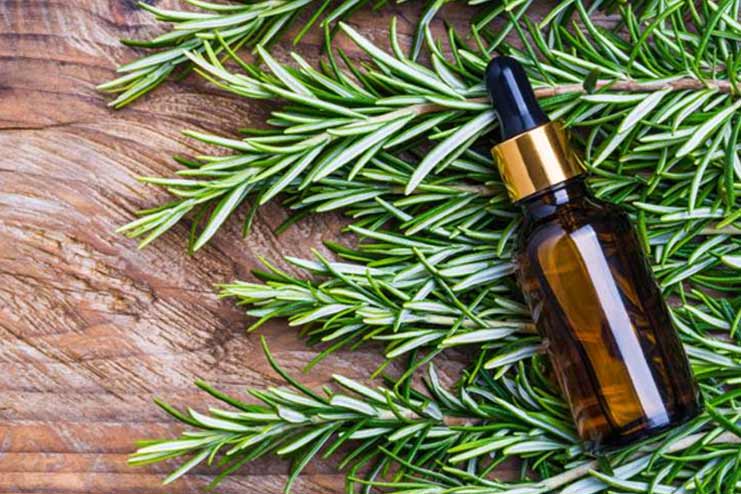
The antimicrobial (R) properties prevent the fungal infection from spreading, thus helping to keep the condition in check. Additionally, it helps to keep inflammation and skin irritation in check.
What to do?
- Mix 1 tbsp of coconut oil with 4-5 drops of tea tree oil
- Apply this on the affected area on the skin
- Leave it on after gently massaging it into the skin
How often?
- 1-2 times daily
8. Boric acid
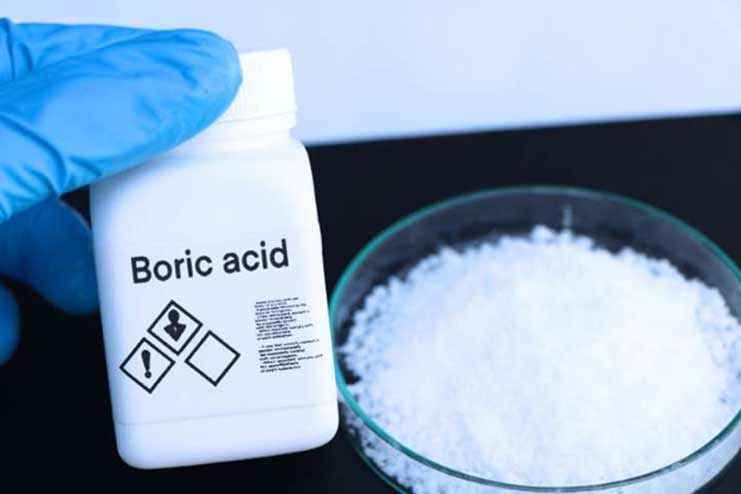
Boric acid is yet another fantastic way to treat fungal skin infections. If you have been struggling to keep things up for yourself, this is one of the best ways.
It has beneficial antifungal properties, which prevent the proliferation of the infection and keep the area disinfected for further better impacts on the body.
What to do?
- In a bowl, add 1 tsp of boric acid and add some water to it
- Make a smooth paste
- Apply the paste on the affected part
- Leave it on for 15 minutes
- Rinse it off under some running water
How often?
- 1-2 times daily
9. Turmeric
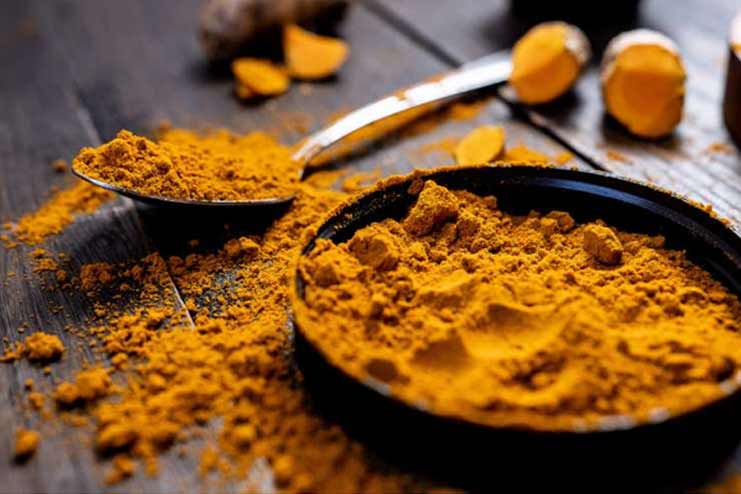
Turmeric is known for its beneficial antiseptic properties, which can benefit recovery and the treatment of skin fungal infections.
Suppose you have been having difficulty keeping the infection, the inflammation, and the irritation in check because of the fungal infection. In that case, the same can help cure the disease and eliminate the problem for good.
The combination of the antimicrobial and anti-inflammatory properties of Curcumin in turmeric helps to effectively get rid of the infection.
What to do?
- In a bowl, add 1 tbsp of turmeric powder and some water
- Make a smooth paste of it
- Apply the turmeric paste on the affected area
- Leave it on for 15 minutes
- Rinse it off once done
How often?
- 1-2 times daily
10. Neem leaves
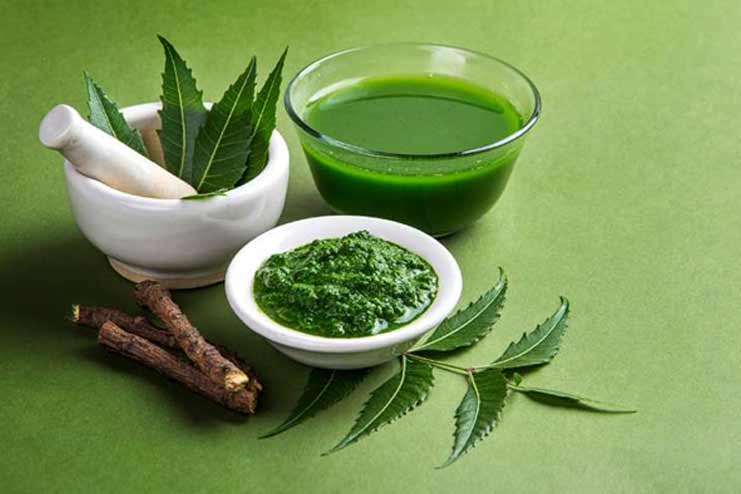
Neem leaves have potent antifungal properties that prevent the growth and the spreading of fungal infections, thus helping to get rid of the problem for good.
If you have been struggling with this, the best way to combat it is to use this remedy to soothe the affected area and reap the maximum benefits.
What to do?
- Blend some neem leaves to make a smooth paste
- Apply it to the affected area
- Leave it on for 30 minutes
- Wash the remnants off
How often?
- 1-2 times daily
How long does a fungal skin infection last?
The duration of the fungal skin infection isn’t set in stone.
If you have been suffering from it for a long time, chances are that you will be facing it for weeks until it completely heals. It depends on your body’s immunity and the kind of natural remedy that you are adhering to.
Common Reasons for Fungal Infections
A fungal infection can occur when it grows in or on the body. A frequent cause is moisture buildup, which creates the perfect conditions for fungi to thrive. This is most common in the armpits, groin, and feet. Another way to increase the risk of fungal infection is to not practise good hygiene.
Fungal infections are also more likely to occur in those with compromised immune systems. HIV/AIDS, diabetes, and certain drugs can all weaken the immune system, which facilitates the growth of fungus. The use of antibiotics can upset the body’s natural microbiological equilibrium, which promotes overgrowth of fungus.
Lifestyle and Prevention Tips
Hygiene Practices to Prevent Fungal Infections:
Keeping your skin clean is essential to avoiding fungal diseases. Particularly in places that are prone to moisture, such as the spaces between your toes and skin folds. Steer clear of wearing tight clothing like leggings, jeans, and jeggings. Put on loose-fitting cotton clothing. To lower the risk of transmission, avoid sharing towels, clothes, razors, and bed linens. Inside-out drying is recommended for drying clothing. Clean and dry your shoes on a regular basis and consider using antifungal powders.
Dietary Tips to Support Skin Health and Immunity:
Eating a well-balanced diet helps prevent fungal infections by fortifying the skin and enhancing immunity. Incorporate meals high in vitamins A, C, and E, as these are vital for healthy skin. Nuts, seeds, citrus fruits, and leafy greens are all great options. Consume probiotics such as kefir and yogurt to keep your gut flora in good condition, which boosts your immunity in general. Limit your sugar intake because too much sugar can encourage the growth of fungi. To improve skin resilience and immunological function, consume plenty of water, stay hydrated, and eat foods high in zinc and omega-3 fatty acids, like salmon, flaxseeds, and pumpkin seeds.
When to Seek Medical Help

Signs That Home Remedies Aren’t Effective:
If you’ve tried home cures and nothing seems to be helping, it’s time to consult a doctor. Severe itching, redness, swelling, or discomfort are examples of persistent symptoms that suggest a more aggressive course of treatment for the illness. It is important to see a healthcare provider if the affected region begins to ooze, blister, or if the infection gets worse or returns. Additionally, you should consult a doctor if the illness doesn’t get better in a week, have a compromised immune system, or underlying medical issues.
Importance of Consulting a Healthcare Professional:
Getting medical advice from an expert guarantees a proper diagnosis and course of treatment. They can recommend more potent antifungal drugs that work better for severe or recurring infections. A professional evaluation can also uncover any underlying disorders that may be contributing to the infection. Postponing medical attention may result in consequences, including recurring infections or the spread of fungus to other areas of the body. Getting medical attention as soon as possible guarantees a speedier recovery and keeps the illness from affecting your general health and well-being.
Most fungal infections can be effectively treated with appropriate care. In fact, you might not even be aware that you have one. Self-examination is a valuable tool for early fungal infection detection, particularly without other symptoms such as discomfort or itching. Seek medical help for additional treatment if these natural therapies don’t produce any improvement.
-
July 2020Written by Somapika D
-
Aug 2024Edited by Ankita
References
- https://redcliffelabs.com/myhealth/health/simple-home-remedies-for-fungal-infections
- https://www.healthline.com/health/fungal-skin-infection#types-and-treatment
- https://www.verywellhealth.com/natural-remedies-for-fungal-nail-infections-89983
- https://www.metrowestdailynews.com/story/lifestyle/health-fitness/2021/09/02/ways-help-your-body-fight-fungal-infections-natural-preventions-try/5687143001
- https://my.clevelandclinic.org/health/diseases/4276-skin-fungus
- https://medshadow.org/6-lifestyle-tips-to-prevent-fungal-skin-infections
- https://www.uchealth.com/en/media-room/covid-19/boost-immunity-with-food
- https://www.medicinenet.com/what_is_the_main_cause_of_fungal_infection/article.htm
In this Article













